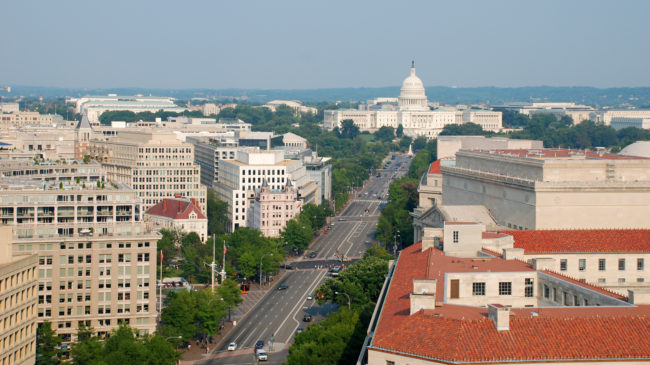One of the Trump administration’s top stated policy priorities has been regulatory reform. The administration has initiated a number of projects to catalog and reduce the federal regulatory burden. From the beginning of this effort, the U.S. Department of Transportation (USDOT) has stood out in terms of both speed and volume of deregulatory activity. Some cautioned early on that plucking the low-hanging deregulatory fruit is one thing, but implementing a sustained deregulatory agenda would face serious challenges. Newly available evidence suggests the pace of deregulatory activity at USDOT may be decelerating. This could indicate that regulatory reform will be a lower priority if President Donald Trump is reelected to a second term.
During the Trump administration, executive branch agencies have been tasked to undertake a variety of deregulatory activities. The lodestar of this effort is Executive Order (EO) 13771, Reducing Regulation and Controlling Regulatory Costs, which was signed by the president on January 30, 2017. EO 13771 directed agencies to repeal two existing rules for every new regulation, and to implement this “two out, one in” policy by ensuring that actions do not add to the total cost of regulations.
Executive Order 13771 was followed on February 24, 2017, with EO 13777, Enforcing the Regulatory Reform Agenda, which directed federal agencies to designate a Regulatory Review Officer and to create an internal Regulatory Reform Task Force chaired by that Regulatory Review Officer to identify existing and proposed rules that should be rescinded or withdrawn.
Fast forward to 2020, and USDOT is touting its deregulatory accomplishments.
The most consequential regulatory reforms explicitly named in the administration’s agenda, namely the relaxation of new car fuel economy requirements, have been completed. A press release from July 16 says USDOT has saved $90 billion in regulatory costs since it initiated its deregulatory agenda under EOs 13771 and 13777. “At its peak, [USDOT] was issuing 23 deregulatory actions for every new significant regulatory action without compromising safety,” read the press release, which would make USDOT the leader in federal agency regulatory reform.
While some have criticized USDOT’s specific metrics of success, the public record does broadly support USDOT’s claim that it has led the executive branch in fulfilling its presidential deregulatory directives. But a recent publication suggests USDOT’s regulatory reform effort may be winding down.
On June 30, 2020, the Office of Information and Regulatory Affairs, within the Office of Management and Budget (OMB), published the Spring 2020 Unified Agenda of Regulatory and Deregulatory Actions. This is the semi-annual snapshot of federal regulatory activities from OMB. While imperfect in many ways, this report can give a rough picture of how much regulation or deregulation to expect from the executive branch over the next few years, assuming no change in administration.
The Spring 2020 Unified Agenda indicates that USDOT currently has 138 active deregulatory projects and 40 active regulatory projects, for a ratio of 3.45 deregulatory projects for each regulatory project. However, of major rules with economic costs greater than $100 million per year, the latest Unified Agenda indicates USDOT has three economically significant deregulatory actions planned compared to seven economically significant regulatory actions, 1:2.33. To use USDOT’s preferred metric, this means that it currently has 19.71 planned deregulatory actions (economically significant and not) for each planned economically significant regulatory action, down from 28.75:1, according to the Fall 2019 Unified Agenda.
If USDOT has contrary evidence suggesting it plans to engage in significant deregulatory activities not properly reflected in the latest Unified Agenda, it should share it. If USDOT wishes to improve public transparency and understanding of its regulatory reform agenda, it could start by reviving publication of its monthly Significant Rulemakings Report that abruptly ceased without explanation in February 2020.
The forthcoming Fall 2020 Unified Agenda may help establish whether or not a slowing deregulatory trend exists at USDOT. But the currently available evidence suggests that USDOT— if there’s a second term for the Trump administration— may not be planning to pursue deregulation as aggressively as it did during the administration’s first term.
If the administration’s model deregulatory department is pulling back on reform, what does this mean for the others?

